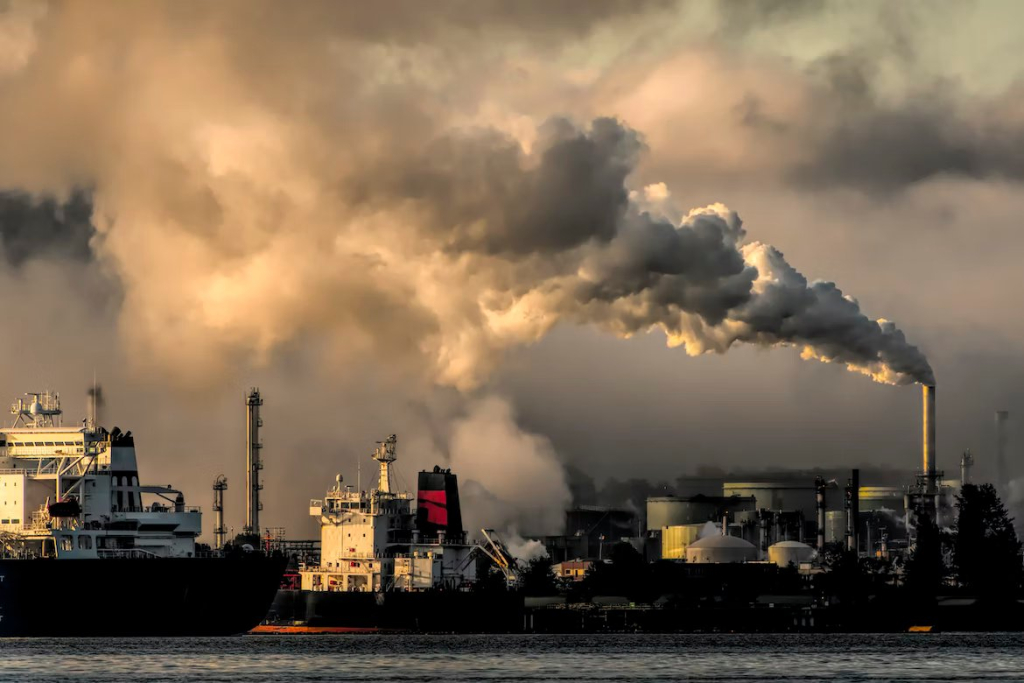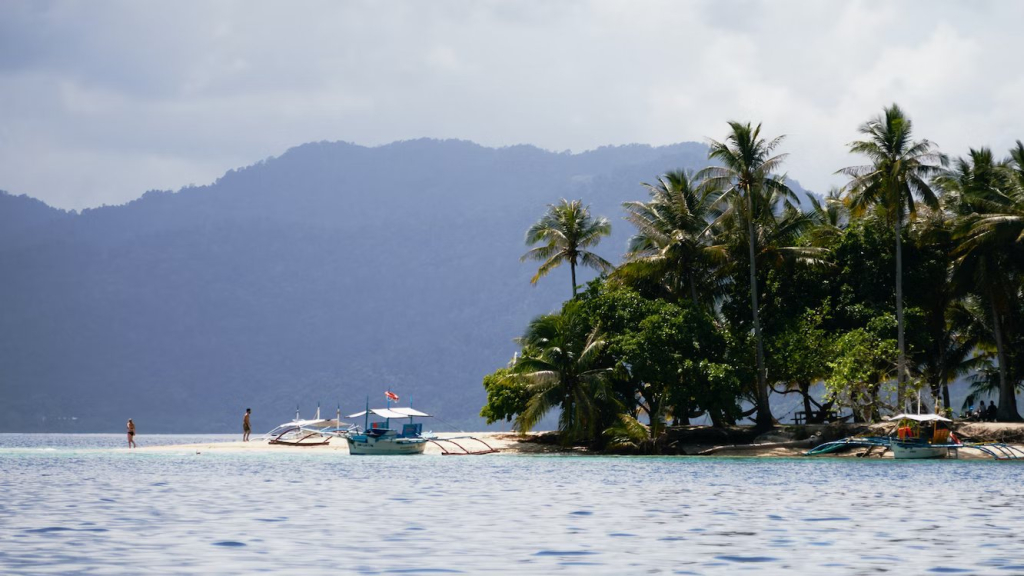
Why the Philippines Requires Robust Climate Resilience Projects
The Philippines’ location and geography make it vulnerable to many natural disasters, including typhoons, earthquakes, and volcanic eruptions. With the added threat of climate change, the country is even more exposed to these calamities. As per a climate change database, the Philippines is one of the most vulnerable countries in the face of a climate crisis.
In addition, the World Bank estimates that up to 74% of the population is exposed to natural hazards like floods, droughts, tsunamis, and landslides. Many of these disasters have taken thousands of lives over the decades. Economically, it has also set back local communities and destroyed many livelihoods.
Each year, the effects of the climate crisis only intensify, and it also impacts more and more sectors. As such, there is also a need for a more proactive approach that goes beyond adaptation and mitigation.
Why is there a need to increase climate resilience projects in the Philippines?
The World Bank has recently opened a $500-million dollar credit line for the Philippines to tap into in case of natural disasters. This fund, however, is only accessible when the government declares a state of calamity from a disaster or health emergency. Moreover, the funds are dedicated to addressing the vulnerabilities of different sectors, particularly health care and education, in the face of natural disasters.
Aside from this, our vulnerable sectors need proactive ways to help address the threats that climate change poses to the country. Here are some of the most important considerations:
Vulnerability to Extreme Weather Events
Given the Philippines’ high susceptibility to the impacts of climate change, climate resilience programs are crucial to help communities adapt. Moreover, this will help cities withstand the increasing frequency and intensity of these events, reducing the risks to human lives, infrastructure, and livelihoods.
Back in 2021, the Philippine Climate Change Commission, together with the US Agency for International Development (USAID), launched the five-year Climate Resilient Cities Project. With this venture, cities in the Philippines now have more resources to better adapt and prepare for the impacts of climate change.
Agricultural Dependence
A significant portion of the population relies on agriculture for their livelihoods. However, climate change poses a threat to food security through changes in rain patterns, rising temperatures, and increased frequency of natural disasters. Agricultural resilience programs can therefore support farmers in adopting sustainable and climate-smart agricultural practices, improving food security despite changing climatic conditions.
Earlier this year, the Green Climate Fund (GCF) approved the Philippines’ funding proposal to boost the climate resiliency of rural areas in the country. The 7-year-plan is a collaboration between the UN’s Food and Agriculture Organization and local agencies like the Philippine Atmospheric, Geophysical and Astronomical Services Administration (PAGASA) and the Department of Agriculture (DA).
Overall, this project centers on adapting Philippine agriculture to the impacts of climate change and helping the most vulnerable farmers maintain their livelihood.

Island Nation Vulnerability
The Philippines is an archipelago with thousands of islands particularly vulnerable to rising sea levels. Climate change-induced sea-level rise poses a significant threat to coastal communities, leading to saltwater intrusion, erosion, and displacement. As such, there is a need for resilience programs that focus on developing sustainable coastal management strategies, building resilient infrastructure, and implementing early warning systems to mitigate the impacts on vulnerable populations.
Local government units (LGUs) also play a huge role in enhancing the safety of residents by implementing comprehensive strategies. This includes establishing and maintaining early warning systems for timely hazard alerts and organizing community outreach and education programs to inform residents about the impacts of climate change. LGUs are also more efficient government arms for emergency procedures, and with technology and social media, they can provide real-time communication of accurate climate information.
Biodiversity Conservation
The Philippines is recognized as one of the world’s biodiversity hotspots with its vast array of unique and endangered species. Climate change can disrupt these ecosystems and threaten biodiversity, leading to the loss of valuable flora and fauna. Given these, it is important to have resilience programs with measures to protect and restore ecosystems. In addition, it is also important to have initiatives that promote sustainable practices that conserve biodiversity and its associated ecological services.
The country can protect its biodiversity from the threats of climate change by implementing robust climate adaptation strategies and strengthening institutional capacity. It should involve the development and implementation of biodiversity conservation plans that consider the specific impacts of climate change on ecosystems and species. This may include creating protected areas, promoting sustainable land-use practices, and restoring degraded habitats.
Additionally, collaborative partnerships between government agencies, non-governmental organizations, and local communities can further amplify the impact of these initiatives. Overall, this will foster a collective and sustained commitment to biodiversity protection in the face of climate change.
Economic Impact
Climate change does not only affect the natural environment; it can also have severe economic consequences. This affects various sectors, such as agriculture, fisheries, tourism, and infrastructure. With targeted programs, the country can better build climate-resilient economic systems, ensuring sustainable growth and minimizing the economic losses from climate-related disasters. This can involve investing in infrastructure that can withstand extreme weather events, promoting diversification of livelihoods, and enhancing the overall adaptive capacity of communities and industries.
The Philippine economy can also benefit from climate change efforts through a timely initiative that addresses the country’s most pressing challenges. For instance, the Philippine government can play a pivotal role by implementing policies and strategies that promote sustainability and resilience. Investing in natural climate solutions, such as reforestation and sustainable land use, not only contributes to environmental conservation but also offers economic opportunities, including job creation and sustainable resource management.
Embracing renewable energy sources and promoting energy efficiency measures can also enhance energy security and reduce dependence on fossil fuels, positively impacting the economy. Furthermore, integrating climate considerations into infrastructure development and disaster risk reduction planning can mitigate economic losses from climate-related events.
Overall, a proactive approach to climate change can lead to a more resilient and diversified economy, fostering long-term sustainability and growth for the Philippines.
Live in communities where you have environmentally friendly choices.
Come home to communities where your environmental-friendly choices are at hand. See how you can lead a more eco-friendly life in Camella.

Celebrate Life’s Milestones in Camella!
Make unforgettable memories in a Camella home.
Our communities are designed to elevate your living experience.


